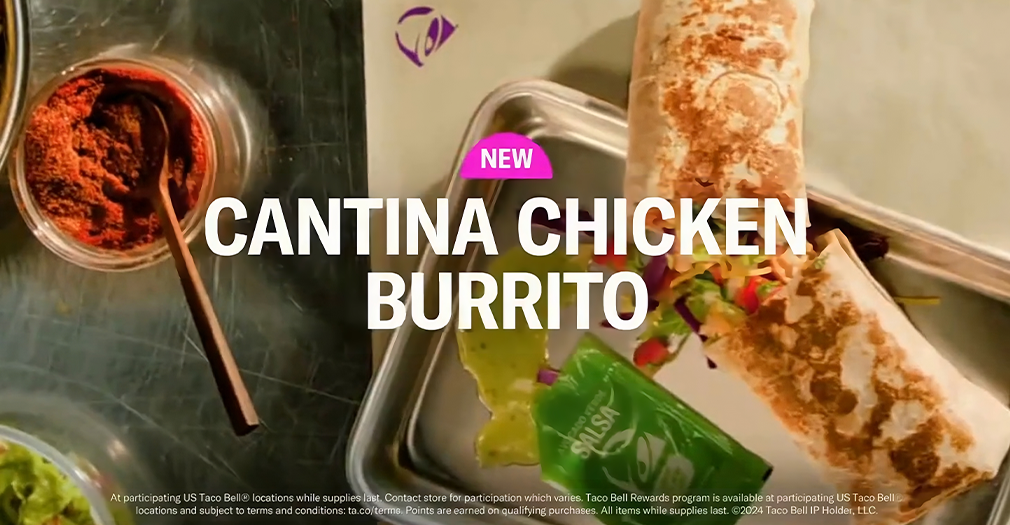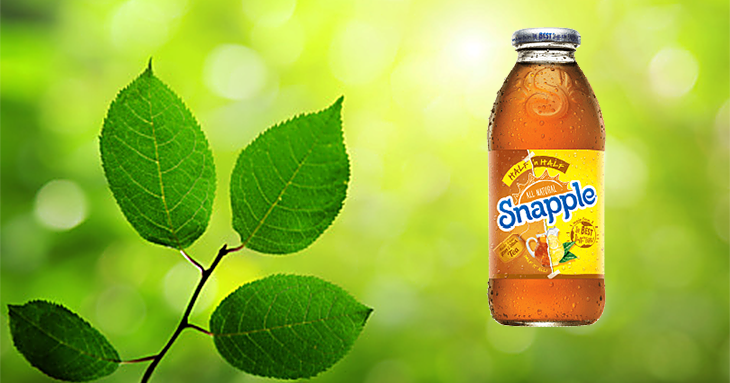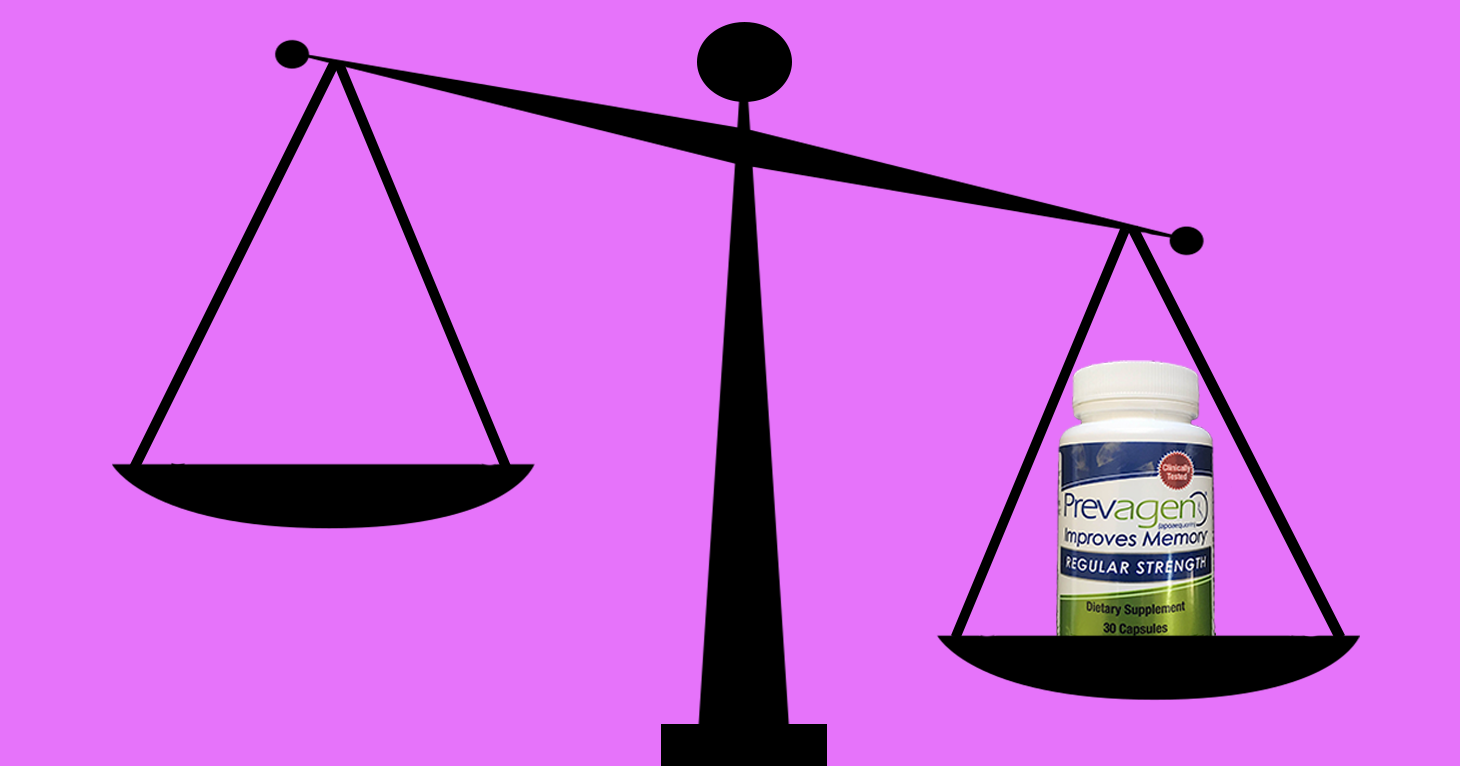
Taco Bell’s New Cantina Chicken Menu Fail
What you see may NOT be what you get.
On a recent warm day, I was drinking a bottle of Snapple Half ‘n Half (which is lemonade plus iced tea.) I enjoy a Snapple from time to time as iced tea is my go-to beverage. Sometimes I choose the Raspberry Iced Tea, sometimes the regular Iced Tea and often the Half ‘n Half.
As I sat at my desk that day drinking the tea, I noticed a curious description on the front label, which said it was “Naturally flavored with Other Natural Flavors.” That’s a lot of naturals and flavors in one sentence.
The FDA does not yet have a formal definition of natural, but it considers natural to mean that nothing artificial or synthetic has been included in, or added to, a food that would not normally be expected to be in that food. But it also notes that it did not address food production methods, such as the use of pesticides, or food processing or manufacturing methods, such as pasteurization or irradiation, when it formed its policy on natural. It also did not consider whether the term “natural” should describe any nutritional or other health benefit and in 2014 seemed to back away from addressing whether GMO foods can be considered natural.
Thus, natural and “all natural” is slapped on all sorts of products these days, including snacks, diapers, sunscreen, tobacco cigarettes and even bug spray. And all sorts of companies are getting slapped with lawsuits challenging these claims.
There’s been so much legal uproar, that the FDA is now reconsidering the whole natural thing. Last year, prompted by three citizen petitions, the agency asked the public to comment on whether it is appropriate to define natural, what it considers natural and how the term should be used on labels. It received close to 5,000 comments.
Some comments got right to the point. “If it didn’t exist 100 years ago, it isn’t Natural,” said one anonymous consumer.
“Natural should be defined exactly what the word means. Foods that do not contain added color, artificial flavors, or synthetic substances, no genetically modified organisms, pesticides, or artificial ingredients. In addition, natural label on meat indicated that the animals meat does not contain growth hormones, antibiotics, or other drugs,” said another.
Just ban the use of the term natural altogether, advocated another consumer.
While the FDA reviews all the comments and decides whether to do more to rein in the marketing of the term “natural,” consumers are left to figure out what on earth — or not from the earth — they are eating or drinking. And companies are finding all sorts of ways to label their products as wholesome as possible.
Back in 2009, Snapple, which touts that it is “made from the best stuff on Earth” and faced a lawsuit about calling its drinks “all natural” when it used high fructose corn syrup, went through some changes to respond to a concerned public. It dumped the corn syrup and swapped it for straight up sugar. Maybe this “Naturally flavored with Other Natural Flavors” stuff on its Half ‘n Half label was also in response to a public craving more wholesome foods.
So, I reached out to the company to explain what it means. Chris Barnes, a spokesman for Snapple, quickly responded:
Basically, they are defined as naturally occurring flavors from substances such as spices, fruits, vegetables, yeast, herbs, bark, bud, root, leaf, similar plant material or other suitable materials whose significant function in food is flavoring.
I didn’t find this illuminating. I wrote back and this time asked flat out, is there anything artificial in Snapple? Chris assured me in an email that “there are only natural flavors in Snapple Half & Half.”
Whether that means it’s GMO, pesticide and irradiation free, who knows.
FDA, naturally, all eyes are on you.
What you see may NOT be what you get.
While these ads can be appreciated by all, they may strike a chord with ad lawyers.
Pending class-action settlement leaves consumers behind.


